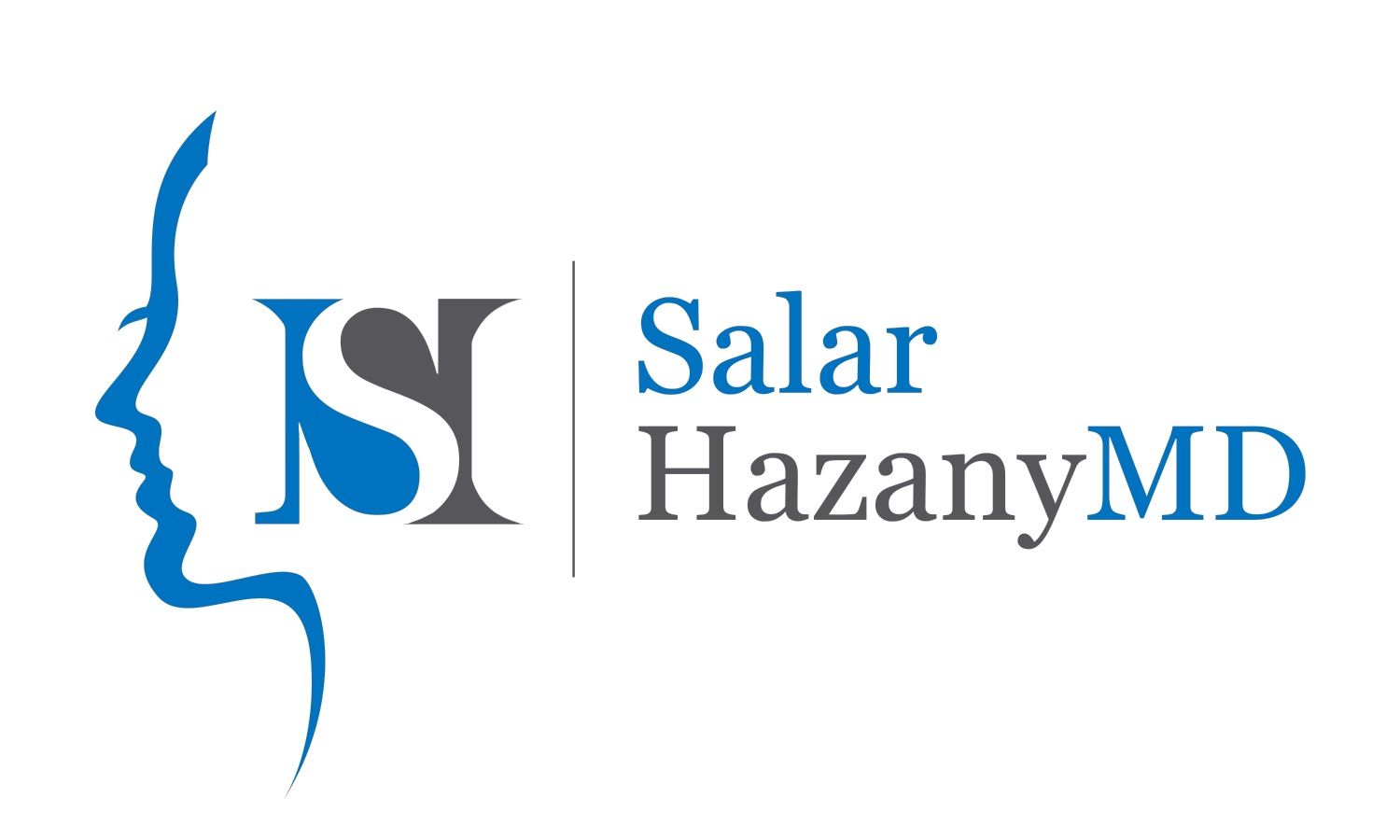Acne Scar Subcision Treatment
Beverly Hills & Los Angeles
Is Subcision the
Best for Acne Scar Removal?
Dr. Hazany describes acne scars as potholes in the street. When fixing a pothole, do you flatten and grind down the surrounding road to the level of the pothole? No! Flattening the rest of the street requires unnecessary work in areas that are not defective, and the street becomes unnecessarily thin, leading to other complications. The proper way to fix a pothole is to fill the pothole and lift it to the surrounding street level. This same logic applies to treating acne scars. Subcision, unlike laser treatment or micro-needling, lifts the scar to the level of the rest of your skin. A hypodermic needle is inserted into the skin to manually break fibrotic strands that tether scar tissue to the subdermal layer. Needles of various sizes are used to mechanically break scar tissue residing in the superficial, middle, or deep layers.
Subcision vs. Laser Treatment for Acne Scars
Laser treatments, micro-needling, and other treatments that involve vertical movements to flatten and thin the skin to the acne scars’ level are like bringing the rest of the street down to the level of the pothole. Laser treatment is a standard treatment method for acne scar removal performed by many dermatologists. Dr. Hazany agrees that scar reconstruction laser treatment can be useful as a touch-up or for minor unevenness. However, for large areas of scarring (and even smaller areas), Dr. Hazany champions subcision, which avoids unnecessary thinning of the skin and produces a healthier, more robust appearance after treatment.
How Does Subcision Work?
Subcision is an outpatient procedure that is usually accomplished within a few hours. The patient is administered a local anesthetic, tumescent anesthesia, as well as anti-anxiety medication to ensure comfort during the treatment. Then, a hypodermic needle is inserted into the skin and moved side-to-side to untether the scar tissue from the underlying basement layer. This allows scarred areas to lift to the level of normal skin. This form of “controlled trauma” also stimulates collagen production, which provides support underneath the scarred areas.
Subcision can be performed in several layers: superficial-layer, mid-layer, and deep-layer.
- Superficial-layer subcision: the skin is infiltrated with a 25-gauge needle right below the epidermis.
- Middle-layer subcision: a blunt cannula (usually a 22-gauge cannula slightly larger in diameter than a 25-gauge needle) is used to penetrate deeper into the dermis.
- Deep-layer subcision: a special metal tool, called the Hazany Liberator, is inserted into the deepest parts of the dermis to separate the toughest scars from the underlying tissue.
Since middle-layer and deep-layer subcision are more invasive than superficial-layer subcision, an “introducer”-needle is inserted into the skin to create a small opening for the cannula or Hazany Liberator to be inserted.
Taylor Liberator Subcision
Deep-layer subcision typically uses a special surgical tool called the Taylor Liberator. The Taylor Liberator is a long, blunt instrument with notches at the end which facilitate the breaking of fibrous bands that tether acne scars down. To perform deep-layer subcision, a small incision is first made near the hairline to insert the Taylor Liberator into the deepest layers of the dermis (the superficial subcutaneous plane). As the tool is moved back and forth, the deepest and robust scars are transected. Deep-layer subcision using the Taylor Liberator is a highly effective technique that allows for complete untethering of fibrotic bands and long term results when performed correctly.
Because acne scars can vary in depth, deep-layer subcision using the Taylor Liberator is generally most appropriate when patients have scars that are tethered to the deeper layers below the skin. Patients with boxcar scars or rolling scars typically benefit the most from deep-layer subcision.
Hazany Liberator Subcision
Since the development of the Taylor Liberator, many advances have been made in the field of subcision. Notably, the Hazany Liberator is a new and improved tool that is only available at the Scar Healing Institute. In our hands, this proprietary, patented device has shown better outcomes for atrophic, rolling, and boxcar scars accompanied by a much shorter recovery time than other instruments.
Post-Treatment Care
- It is normal for the first 24-48 hours after the procedure to feel slightly sore in the treatment area(s).
- Skin discoloration on the treated site(s) is common but does not always occur.
- Mild swelling in the treatment site(s) typically lasts less than 48 hours; in some cases, swelling may persist for up to a week.
- Blood-tinged oozing is expected after the first hour of treatment.
- Do not touch the treatment area(s), as this may lead to infection.
- For facial subcision: you may resume regular washing or shower activities after 24 hours unless instructed otherwise.
- For subcision on the body: no prolonged bathing or soaking treatment area (s) in the first 24 hours.
- For swelling and soreness, apply a cold, wet cloth to the treatment area in intervals of 10-15 minutes.
- You may resume normal activities within 48 hours.
- Do NOT pick scabs that develop in the treatment area.
- Do NOT wear makeup or other cosmetic products in the treatment area(s) for 24 hours.
- It is normal for the treatment area to be sore up to a week.
- Apply minimum SPF 50 sunscreen on treatment area(s).
- Apply a thin layer of Vaseline/petroleum jelly after showering.
Acne Scar Subcision Cost
The cost of acne scar subcision varies depending on how many layers of subcision you require (e.g., deep layer, middle layer, or superficial layer) and the number of areas you plan on subcising. The long-lasting results of subcision mean you do not have to keep paying money for maintenance treatments. And, compared to laser treatment, it ensures you do not have to spend as much money on collagen-boosting formulas or dermal fillers to thicken your skin in the areas of treatment.

